Optimal Timing for Fire Restorations
Fire restorations are most effectively performed when environmental conditions are optimal for cleanup and repairs. Typically, the best time for fire restorations is during the drier months of the year, which reduces the risk of moisture-related issues and facilitates thorough cleaning and drying processes. Conducting restorations in favorable weather conditions minimizes delays and enhances the quality of the work.
Restorations are often scheduled in late spring or early fall when weather is predictable and temperatures are moderate, aiding in effective smoke and soot removal.
Immediate response after a fire is crucial to prevent further damage. Early intervention can reduce restoration costs and improve outcomes.
Planning restorations during periods of low occupancy or when property use is minimal can reduce disruptions and streamline the process.
Avoiding restoration during heavy rain or humidity prevents additional complications such as mold growth and moisture retention.
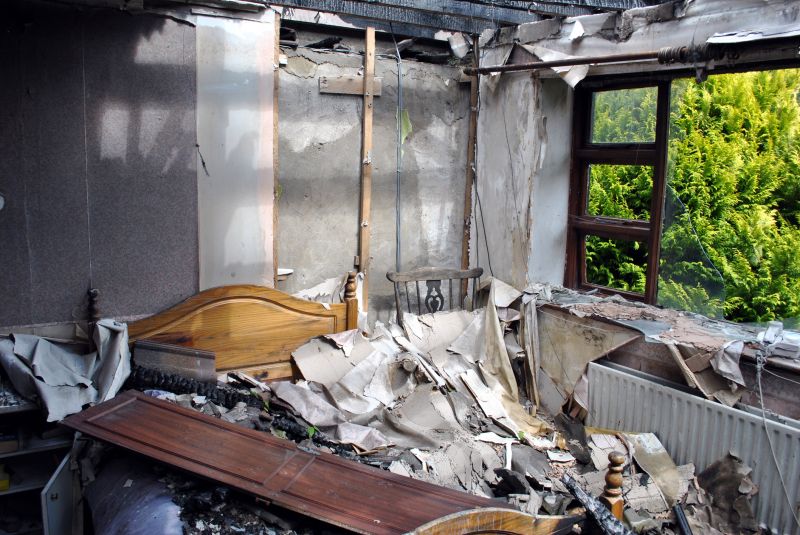
Initial evaluation helps determine the scope and timing of restorations.
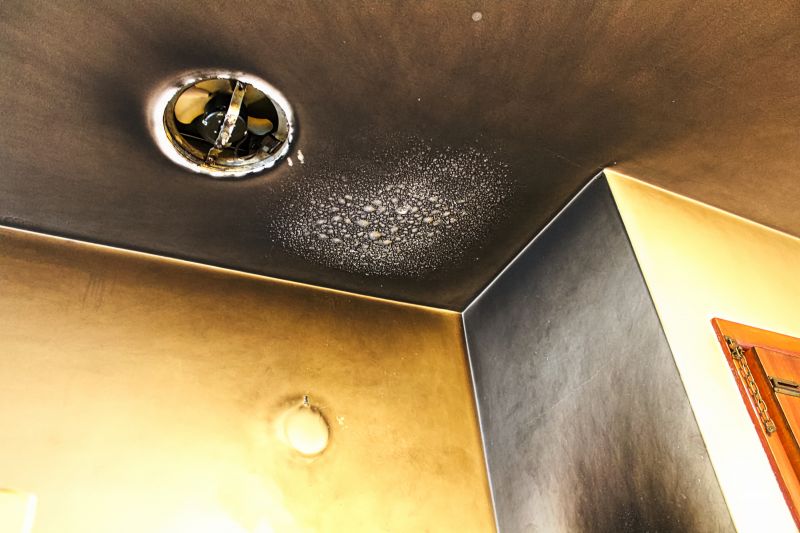
Effective cleaning is essential for restoring property appearance and air quality.
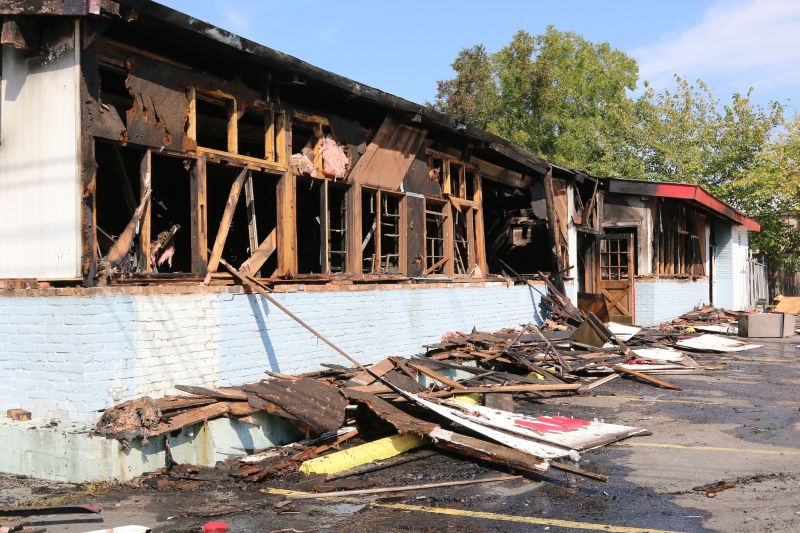
Restoring structural integrity is a priority during optimal weather conditions.

Ways to make Fire Restorations work in tight or awkward layouts.

Popular materials for Fire Restorations and why they hold up over time.
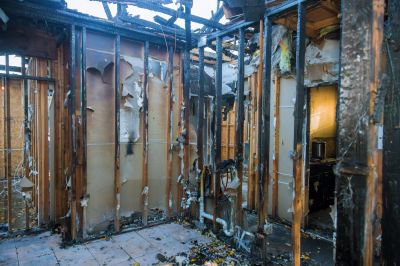
Simple add-ons that improve Fire Restorations without blowing the budget.
| Factor | Impact on Timing |
|---|---|
| Weather Conditions | Dry and moderate weather facilitates repairs and cleaning. |
| Moisture Levels | Low humidity reduces mold risk and drying time. |
| Occupancy Levels | Scheduling during low occupancy minimizes disruption. |
| Severity of Damage | Extensive damage may require specific seasonal planning. |
| Emergency Response | Immediate response is critical regardless of season. |
| Availability of Resources | Certain seasons may have better access to restoration materials. |
| Property Use Schedule | Aligning with property usage reduces operational impact. |
| Environmental Hazards | Avoid periods of high humidity or storm activity. |
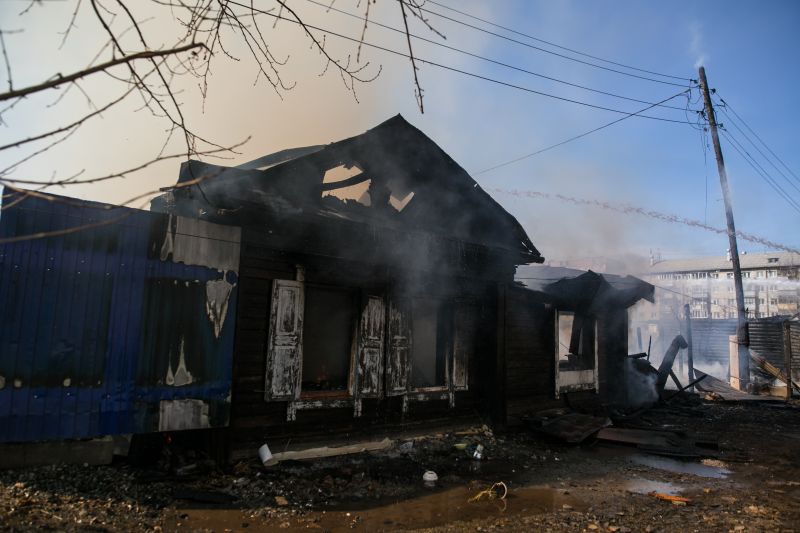
Step-by-step procedures ensure effective recovery.

Visual evidence of restoration effectiveness.
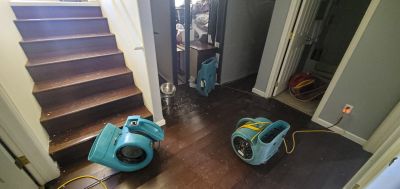
Specialized tools used during restoration.

Rebuilding and reinforcing damaged structures.
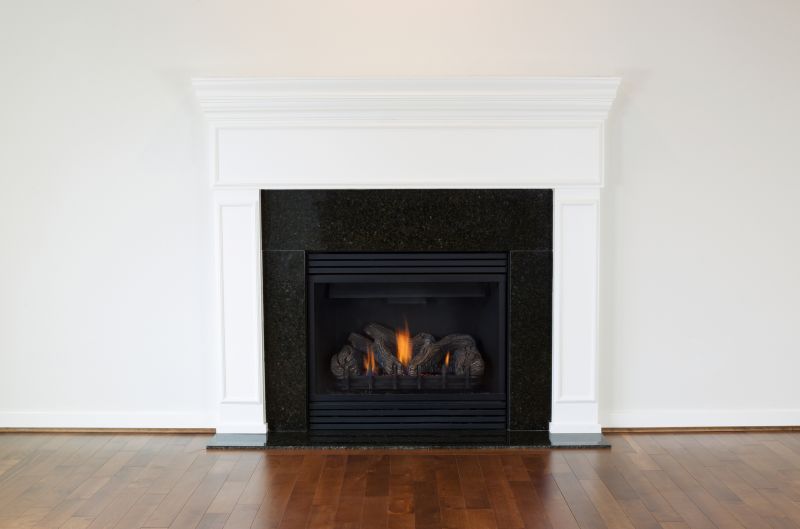
High-end options that actually feel worth it for Fire Restorations.

Finishes and colors that play nicely with Fire Restorations.
Fire restorations involve a comprehensive process to return a property to its pre-fire condition. This includes debris removal, smoke and soot cleaning, structural repairs, and odor elimination. The timing of these activities can significantly influence the effectiveness and cost of the restoration. Immediate response minimizes secondary damages such as mold growth and structural deterioration, while scheduling during favorable weather conditions ensures thorough cleaning and drying.

Removing soot and residues effectively.

Eliminating persistent smoke odors.

Restoration of structural elements.
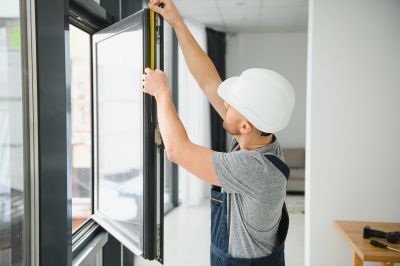
Little measurements that prevent headaches on Fire Restorations day.

A 60-second routine that keeps Fire Restorations looking new.

A frequent mistake in Fire Restorations and how to dodge it.
Interested property owners or managers can contact for more detailed information about scheduling fire restorations. Proper timing and planning are essential for effective recovery, ensuring safety, and minimizing costs. Filling out the contact form provides access to professional guidance tailored to specific fire damage situations.

